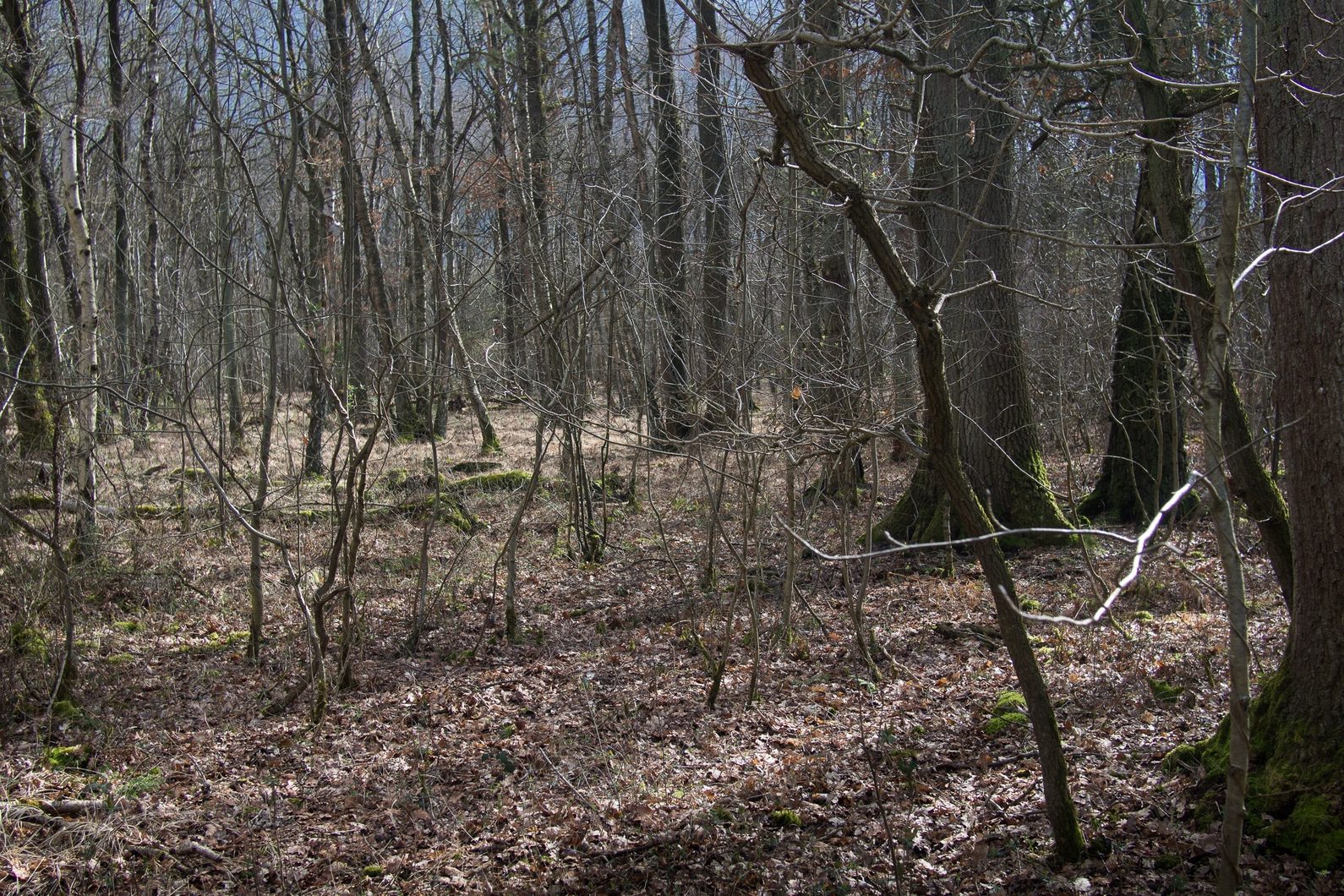

Showing where water would enter from River Pinn to fill the Moat It is debatable whether or not this was the moated site, but the name has been generally adopted anyway. “Pynchester Ferme’ was mentioned in a deed of 1531 when listed with other properties owned by the Swakeleys Estate. It lies in a bend of the River Pinn, in the woods near Copthall Road West. The Pynchester moat, despite partial excavation and some disturbance in the past, is the only surviving moat in Hillingdon that is still complete. However, moated sites were built throughout the medieval period, are widely scattered throughout England and exhibit a high level of diversity in their forms and sizes. The peak period during which moated sites were built was between about 12 and by far the greatest concentration lies in central and eastern parts of England. The majority of moated sites served as prestigious aristocratic and seigneurial residences with the provision of a moat intended as a status symbol rather than a practical military defence. They consist of wide ditches, often or seasonally water-filled, partly or completely enclosing one or more islands of dry ground on which stood domestic or religious buildings. This sparked my interest to find out more.Īccording to Historic England, around 6,000 moated sites are known in England. On my daily walks I am lucky to often walk alongside the River Pinn and the site of Pynchester Moat.


 0 kommentar(er)
0 kommentar(er)
